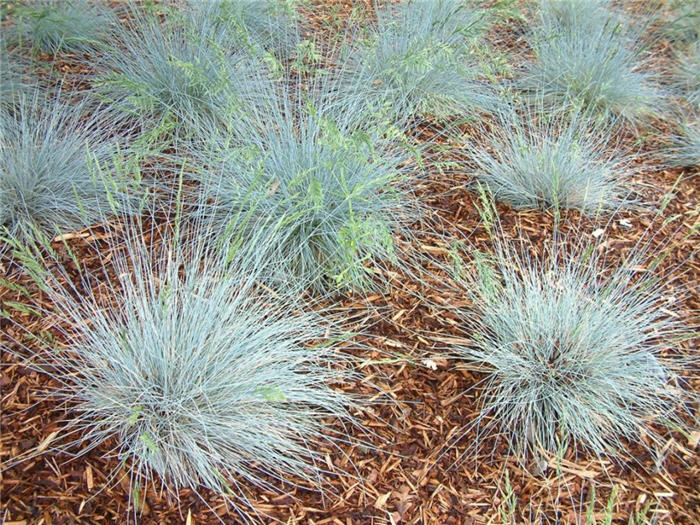| Botanical Name: Festuca idahoensis 'Siskiyou Blue' | |
| Common Name: Siskiyou Blue Fescue |

-
Anatomy
-
Culture
-
Design
Plant Type
Broadleaf Evergreen, Ground cover, Perennial, Grass
Height Range
1-3'
Flower Color
Green, White
Flower Season
Spring
Leaf Color
Blue Green
Bark Color
n/a
Fruit Color
n/a
Fruit Season
n/a
Sun
Full, Half
Water
Medium
Growth Rate
Moderate
Soil Type
Sandy, Clay, Loam, Rocky, Unparticular
Soil Condition
Average, Rich, Poor, Well-drained, Dry
Soil pH
Neutral, Basic
Adverse Factors
n/a
Design Styles
English Cottage, Formal, Japanese, Meadow, Mediterranean, Ranch, Seascape, Spanish, Native Garden, Woodland
Accenting Features
Unusual Foliage
Seasonal Interest
Winter, Summer, Fall
Location Uses
Perennial Border, Foundation, Parking Strip, Raised Planter, Walkways, With Rocks
Special Uses
Erosion Control, Mass Planting, Lawn Alternative, Small Spaces
Attracts Wildlife
Birds, Wildlife
Photographer: GardenSoft
-
Description
-
Notes